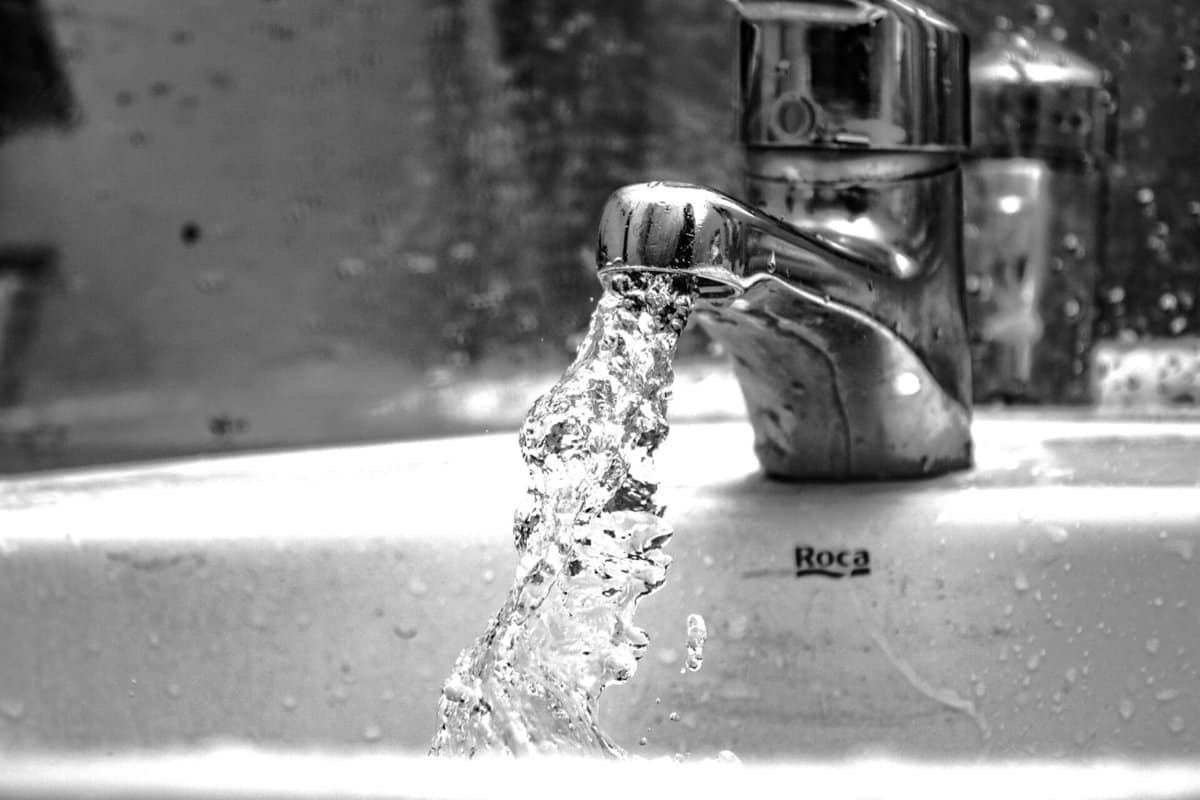Legionella Mitigation for Businesses in 2024
Many business owners tend to treat water safety as a subject of the past nowadays.
It’s true that water hygiene infrastructure more generally has led to a massive decrease in the occurrence of serious water-related diseases, but that in no way means that water-related risks have simply vanished.
An all too common example of this is in Legionella.
In this article, we explore what Legionella is, who’s health it poses a risk to, and some of the core parts of the process that will need to go into mitigating that risk.
Legionella Defined
Legionella pneumophila is a type of bacteria commonly found in a range of water sources.
While it’s not harmful in low concentrations, when it’s able to grow – especially in stagnant water sources at a lukewarm temperature – it can cause a serious form of atypical pneumonia called Legionnaires’ disease.
Many buildings nowadays contain stagnant water sources at the precise temperatures at which Legionella thrives, namely between 20 and 45 degrees Celsius.
In all cases, it’s simply a matter of time before this could emerge as a more serious issue, potentially resulting in an outbreak of Legionnaires’ disease.
Who’s at Risk?
Simply put, Legionnaires’ disease can affect anyone.
That being said, there are certain groups of people who may be at more risk, including those over the age of 50, current or former smokers, people with weakened immune systems, and people with a range of different lung diseases.
While it’s important to think about whether there are at-risk individuals on your premises, even if there aren’t, Legionella mitigation still needs to be treated as a priority.
It can have devastating consequences on the whole population, and must be treated with respect.
How Can it be Prevented?
As with most other risks, preventing Legionella revolves around assessment and prevention.
This means having a Legionella risk assessment carried out by a water hygiene specialist, and then taking whichever remedial actions they suggest into consideration.
This might mean changing the temperature at which you store water in tanks, or making sure that you regularly flush out all water pipes, regardless of whether they’re being used or not.
The risk assessment will likely uncover a range of more minor issues with your existing approach as well, which can be used to create a more effective strategy.
Ongoing Vigilance
Once you’ve got a plan in place to mitigate the risks posed by Legionella, you shouldn’t stop there.
You need to keep on carrying out monitoring and risk assessments, to ensure that no new risks have emerged that you didn’t notice.
It’s also important that you take note of any new technologies that emerge which could help to limit the risk, potentially saving you money while increasing safety.
Legionella risk mitigation should be easy for most businesses to achieve in 2024, but it does require a bit of work.
By ensuring that you carry out the appropriate risk assessments, you can minimise the chances that an outbreak occurs, keeping your business, employees, and customers safe.
Final Thoughts
In conclusion, while water safety has come a long way due to advancements in hygiene infrastructure, the threat of Legionella remains a significant concern for businesses in 2024.
Legionella pneumophila, thriving in stagnant water at temperatures between 20 and 45 degrees Celsius, poses a potential risk to everyone, with certain groups being more vulnerable.
Effective Legionella mitigation requires proactive measures, including regular risk assessments conducted by water hygiene specialists and implementing recommended remedial actions.
Discover more from Zena's Suitcase
Subscribe to get the latest posts sent to your email.





